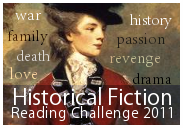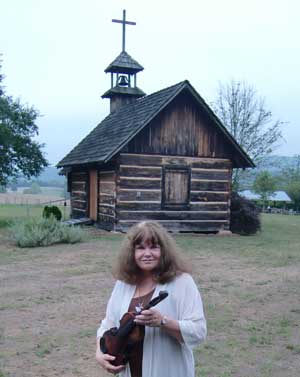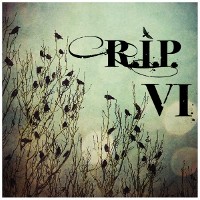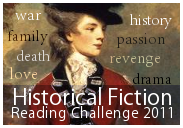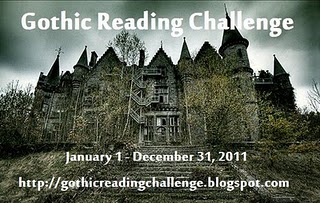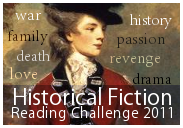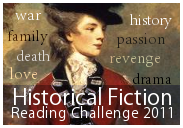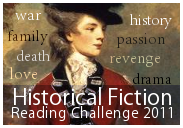[amazon_image id=”0441020674″ link=”true” target=”_blank” size=”medium” class=”alignleft”]Those Across the River[/amazon_image]Frank Nichols and his wife Dora move to Whitbrow, Georgia, to claim a home left to Frank by his aunt in Christopher Buehlman’s novel [amazon_link id=”0441020674″ target=”_blank” ]Those Across the River[/amazon_link]. Frank and Dora believe that moving to Georgia will give them a fresh start: Dora has left her husband for Frank, and Frank’s career as an academic has been destroyed by Dora’s powerful ex-husband. Frank believes he may be inspired to write the story of his great-grandfather, a harsh plantation owner who refused to liberate his slaves when the Yankee army came through and who died in a slave uprising as a result. Dora takes a job teaching school. The woods across the river near Whitbrow, however, hold a mysterious menace. Before long, Frank will find himself wishing he had heeded his aunt’s advice and sold the home rather than try to make a go of it too close to “those across the river.”
Those Across the River is a strong debut. The balance between creepy dread and outright horror is nicely struck, and that is no easy feat to accomplish. I flew through the last third or so of the book in an evening. Buehman’s pacing was deft. He lures the reader in with Whitbrow’s small-town charm and creepy atmosphere. I don’t hold with critics describing Buehlman’s prose as lyrical in the vein of Fitzgerald or Hemingway’s, but it’s a step up from your usual horror novel. It is much more a literary heir of novels like [amazon_link id=”0143106163″ target=”_blank” ]Dracula[/amazon_link] or the stories of Edgar Allan Poe.
This was a great R.I.P. read and is even set mostly in October, so grab it now so that you can more fully savor the novel with the added creepiness of reading it during the same time of year it’s set. Most of you probably can’t live near the setting like I can, and I can tell you, I did jump a little when I walked past the creepy house at the end of our street while I was finishing up a chapter of this book. This novel makes the woods seem almost as menacing and creepy as [amazon_link id=”B00001QGUM” target=”_blank” ]The Blair Witch Project[/amazon_link] before it, and I couldn’t be near trees in the dark for a long time after I saw that movie.
Rating:




